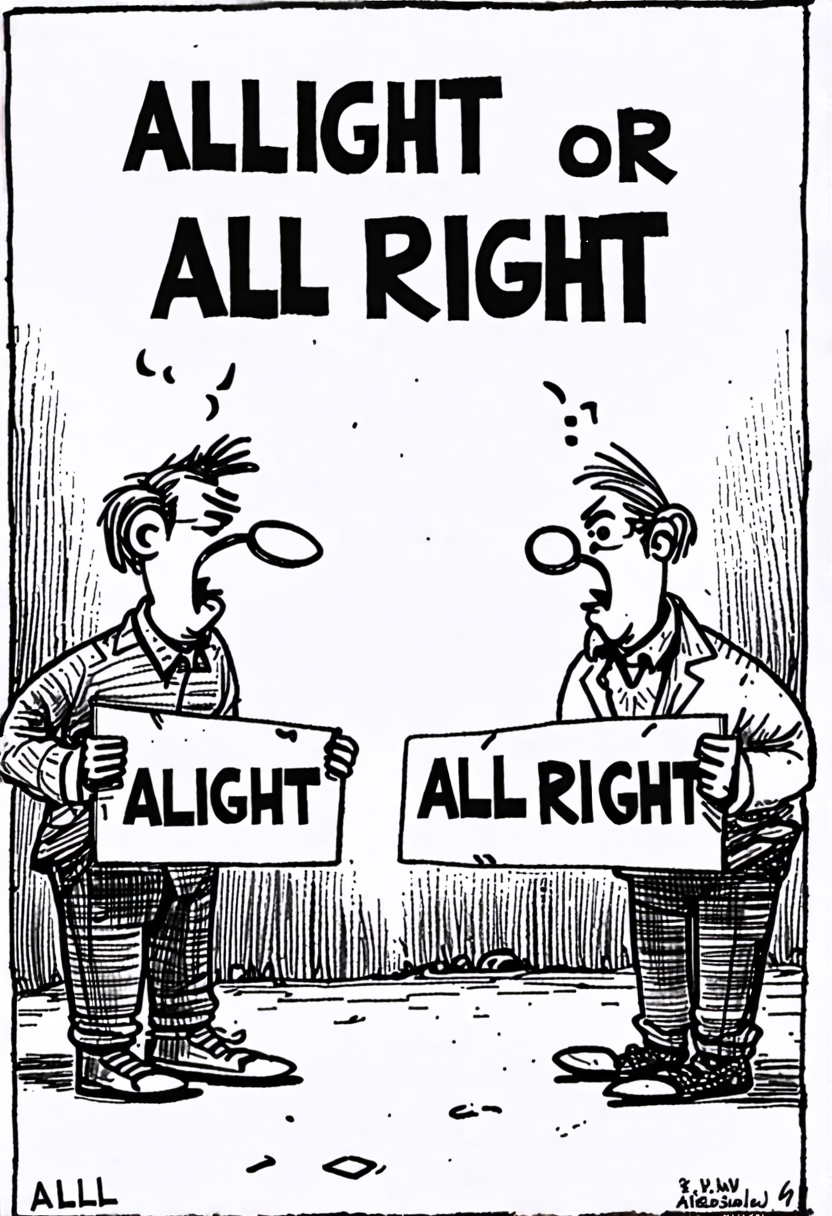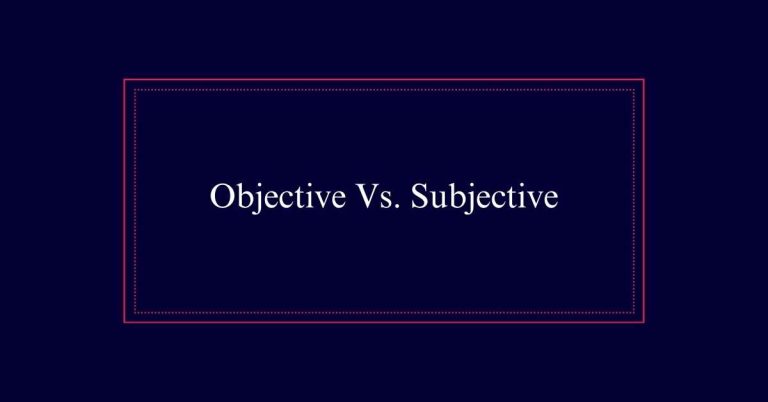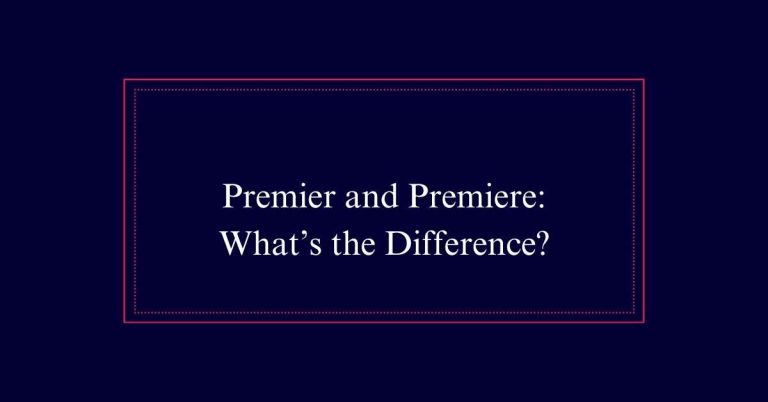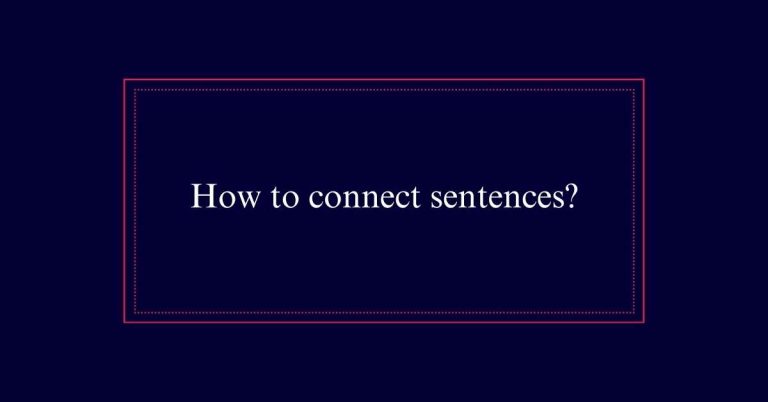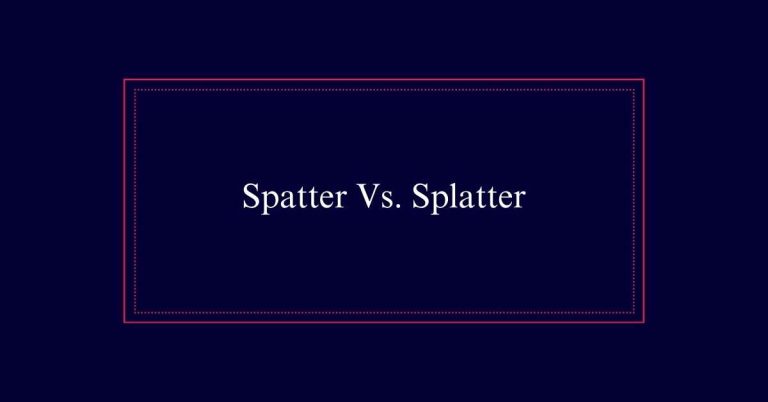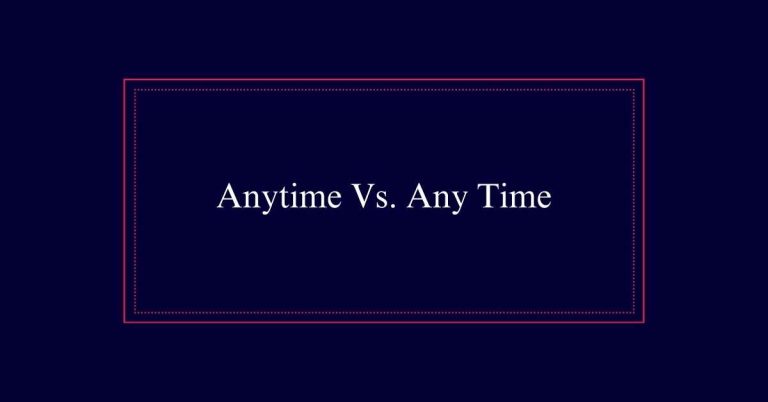Alright or All Right
The terms ‘all right’ and ‘alright’ both indicate adequacy or agreement, serving as adjectives or adverbs. ‘All right’ is widely accepted in formal writing, conveying correctness. ‘Alright’ is an informal variant, gaining acceptance in casual contexts and digital media. While ‘all right’ is preferred in formal settings due to its traditional usage, ‘alright’ reflects the evolution of the English language and is commonly used in relaxed communications.
Meaning of All Right
The term ‘all right’ serves as both an adjective and an adverb, indicating adequacy or affirming a statement. When used as an adjective, it describes something that is satisfactory or acceptable, such as in the sentence, ‘The presentation was all right.’
As an adverb, it can confirm the success or correctness of an action, for example, ‘She sang all right at the concert.’
Additionally, ‘all right’ can also be used to affirmatively respond to a statement or command, as in ‘All right, I understand.’ This form is widely accepted in formal writing and is preferred in contexts where a polished tone is necessary. Its use conveys a sense of correctness and appropriateness.
Meaning of Alright
Emerging from the evolution of the English language, ‘alright’ serves as a more informal variant of ‘all right’. It is commonly used in casual contexts, such as text messages, social media, and informal conversations. ‘Alright’ can function as both an adverb and an adjective, and it conveys a sense of adequacy or agreement.
For instance, one might say, ‘Is the temperature alright?’ or ‘I wonder if Katsu is alright.’ Despite its informal nature, ‘alright’ is increasingly accepted in less formal written contexts, including fiction and dialogue in literature.
While ‘alright’ is not traditionally favored in formal writing, its growing popularity reflects the dynamic nature of language and communication.
Evolution of English Language
Language evolves over time, adapting to cultural and societal changes. This natural progression is evident in the development of words and their usage.
The emergence of ‘alright’ as a simplified form of ‘all right’ illustrates this evolution. Historically, ‘all right’ was the standard form used in both formal and informal contexts. However, as communication became more relaxed, especially with the advent of digital media, ‘alright’ gained traction for its brevity.
Today, both forms are accepted, though ‘all right’ remains preferred in formal writing. This shift reflects broader trends in the English language, where efficiency and convenience often drive changes.
Adjective and Adverb Uses
Both ‘all right’ and ‘alright’ can function as adjectives and adverbs in various contexts. As an adjective, ‘all right’ might describe something as satisfactory, such as ‘The performance was all right.’
As an adverb, it can mean adequately, like ‘She did all right on the test.’ Similarly, ‘alright’ can be used informally as an adjective to express that something is fine, e.g., ‘Is everything alright?’
As an adverb, ‘alright’ indicates that something is acceptable, such as ‘He’s doing alright.’ While both forms have similar meanings, ‘all right’ is traditionally more accepted in formal contexts, whereas ‘alright’ is increasingly popular in informal settings.
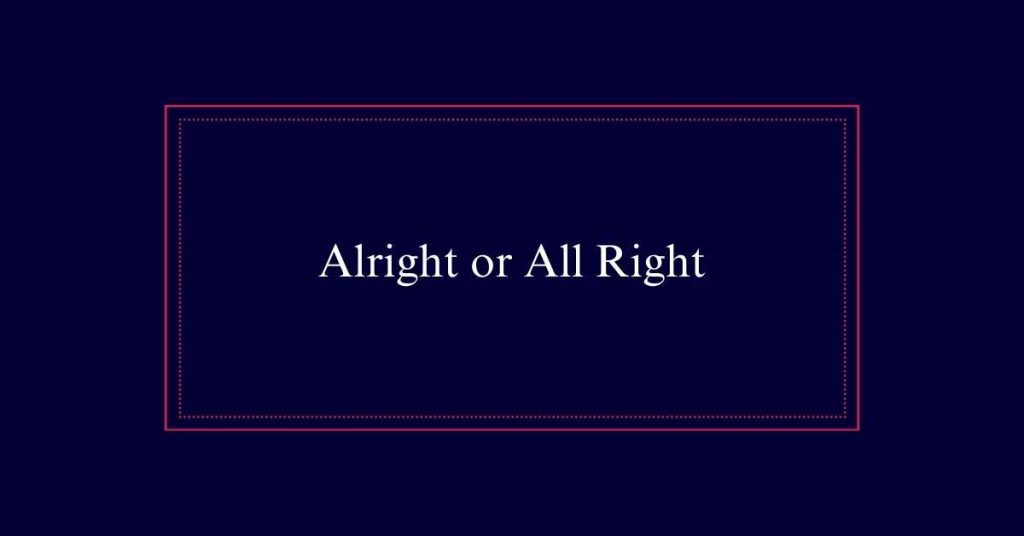
Formal Vs. Informal Usage
In writing, ‘all right’ is traditionally preferred for formal contexts, while ‘alright’ is gaining acceptance in informal usage. Formal writing, such as business correspondence, academic papers, and official documents, generally adheres to traditional grammar rules. As a result, ‘all right’ remains the standard choice.
In contrast, ‘alright’ is becoming more common in informal contexts, including text messages, social media posts, and casual conversations. It conveys a relaxed tone and aligns with the evolving nature of the English language.
Although ‘alright’ is not universally accepted in formal writing, its use is increasing in informal settings.
Acceptance in Writing
The acceptance of ‘alright’ in writing highlights the dynamic nature of language evolution. Over time, ‘alright’ has become more widely accepted, especially in informal contexts. While traditionalists have long favored ‘all right’ for its clarity and formality, modern usage shows that ‘alright’ is gaining traction even in some formal writing.
Language experts note that both forms are now considered correct, though ‘all right’ is still preferred in highly formal documents. The shift in acceptance reflects broader trends in linguistic flexibility and the influence of popular culture.
Examples of All Right
Understanding the practical application of ‘all right’ can help clarify its proper usage in various contexts.
As an adverb, ‘all right’ might be used to describe how an event transpired, such as ‘The choir recital went all right,’ indicating it went satisfactorily.
As an adjective, it can describe a state of being, like ‘I feel all right about trying out for the solo,’ suggesting confidence or contentment.
In affirmative statements, it serves to confirm understanding or agreement: ‘I heard you the first time; it’s all right.’
Examples of Alright
Examples of ‘alright’ illustrate its informal usage and growing acceptance in modern English. Consider the sentence: ‘Is the temperature alright?’ Here, ‘alright’ functions as an adverb, asking if the temperature is satisfactory.
Another example is: ‘I wonder if Katsu is alright.’ On this occasion, ‘alright’ acts as an adjective, expressing concern about someone’s well-being.
Additionally, it can be used in exclamations, such as: ‘Alright, it’s time to head to the restaurant!’ This usage shows enthusiasm or agreement.
Usage Preferences
Given the various examples of ‘alright’ in informal contexts, understanding usage preferences between ‘all right’ and ‘alright’ is essential. Both forms are correct in modern English, but their usage varies by context. ‘All right’ is often preferred in formal writing, such as business letters or academic papers. ‘Alright’, however, is widely accepted in informal settings like text messages or fictional dialogue.
| Context | All Right | Alright |
|---|---|---|
| Formal Writing | Recommended | Increasingly acceptable |
| Informal Writing | Acceptable | Common |
| Dialogue | Preferred for clarity | Popular |
| Text Messages | Clear but less common | Short and preferred |
